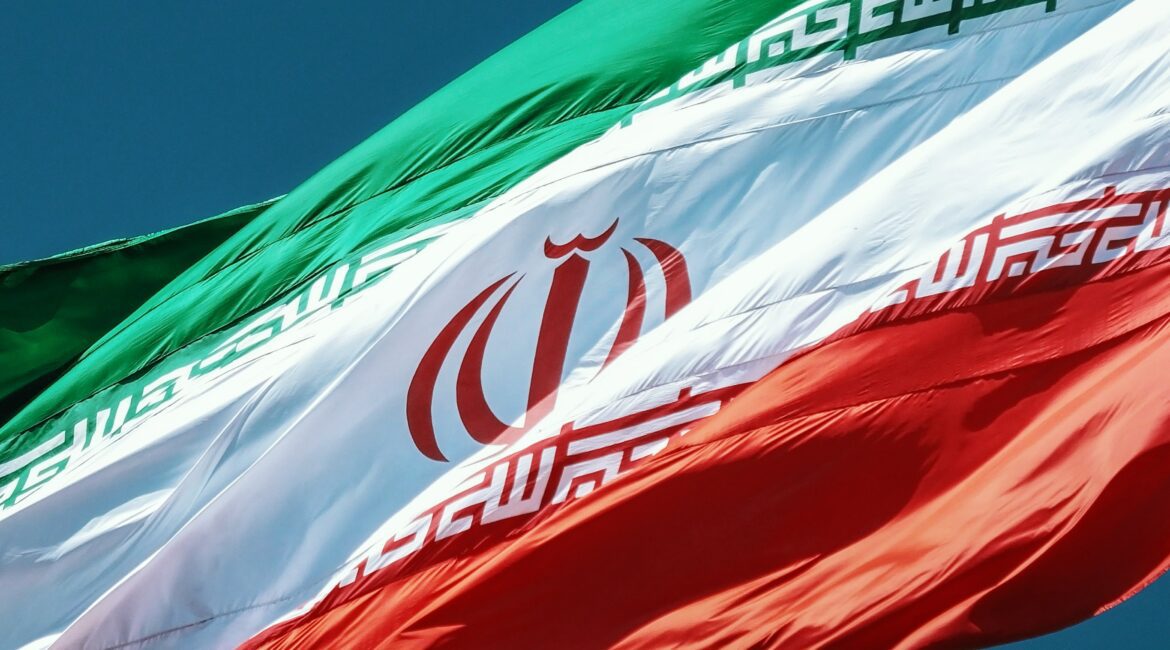Iran is accelerating to enhance its role in Syria, by deploying large numbers of local and foreign militias loyal to it, and military mechanisms, including missile platforms, drones, and command headquarters run by officers of the Revolutionary Guard. Iran, in light of Russia’s preoccupation with its war against Ukraine, has defined its role and influence in Syria after the increase in Israeli air strikes targeting Iranian military sites.
In a new Iranian military tactic aimed at extending Iran’s influence over the largest area of Syrian territory, the Revolutionary Guards have recently strengthened pro-Iranian militias, including the Lebanese Hezbollah, the Afghan Fatemiyoun Brigade, in addition to Harakat Al-Nujaba, the Iraqi "Assa'ib Ahl Al-Haq" and the Syrian "Al-Baqir Brigade", along with their presence in about 120 sites and military headquarters in the areas of the eastern countryside of Homs, Badia Hama, Badiyat Al-Raqqa, Deir ez-Zor and Aleppo governorate. Moreover, it reinforced these sites by about 4,500 members of the militias loyal to Iran. It recently seized the strategic Mahin warehouses east of Homs after expanding its influence at the Nairab military airport in Aleppo governorate at the expense of the Russian and regime forces, and established training camps for volunteers in the ranks of the militias loyal to it from the Syrians.
Sources pointed out that “the spread of pro-Iranian militias coincided with the start of the Russian-Ukrainian war, and the beginning of the withdrawal of Russian forces from some military sites in eastern Homs, and their recent withdrawal from Mahin warehouses and handing them over to the Iranian Revolutionary Guards and the Lebanese (Hezbollah).
There are also large numbers of militias from the Palestinian (Al-Quds Brigade), the Afghani (Fatimiyoun Brigade), the Al-Baqir Brigade, the Syrian Hezbollah, and groups from the Iranian (Revolutionary Guard) are deployed in those areas.
In March, Iran withdrew 10 Iranian “Muhajir” drones from its warehouses in the city of Palmyra, east of Homs, to a recently established drone camp in the Tabani area, southwest of Deir Ez-Zor, and then established a training project on these drones, along with imposing a security cordon around the area.
A source in Homs Governorate said that Iran and the Lebanese “Hezbollah” control now the entire area extending from areas in the Syrian Qalamoun and Arsal mountains adjacent to the Lebanese borders towards the Lebanese regions of Baalbek and Arsal, passing through the areas of Deir Atiyah and Al-Nabek in the Damascus countryside, and the areas of Hasya, Al-Qaryatayn, Mahin, Palmyra and Sukhnah east of Homs.
Syrian sources said that "the Iranian Revolutionary Guard recently formed a new militia called (Fajr Al-Islam), led by Iranian officers, and relied on elite elements from the Afghan (Fatimiyoun Brigade), the Iraqi (Harakat al-Nujaba) and the Lebanese (Hezbollah), in addition to groups of Allawites loyal to Iran and young Syrian Shiites.” Its mission is to guard Iranian military depots in Hama, Homs, Aleppo, Deir Ez-Zor, Palmyra, and Sukhnah, east of Homs.
Sources in the Lattakia region on the Syrian coast said that an Iranian delegation, which included military and economic experts, recently visited the cities of Lattakia and Tartous, and met with regime forces and government officials. They added that “the visit of the Iranian military and economic delegation aims to establish Iranian economic and investment projects, including factories for timber and natural juices, and to secure warehouses inside the port of Lattakia, and use it to transport military and logistical equipment from Iran to Syria and Lebanon by sea, after Russia imposed its control over the port in the middle of last January and expelled the Iranian forces from it.”

